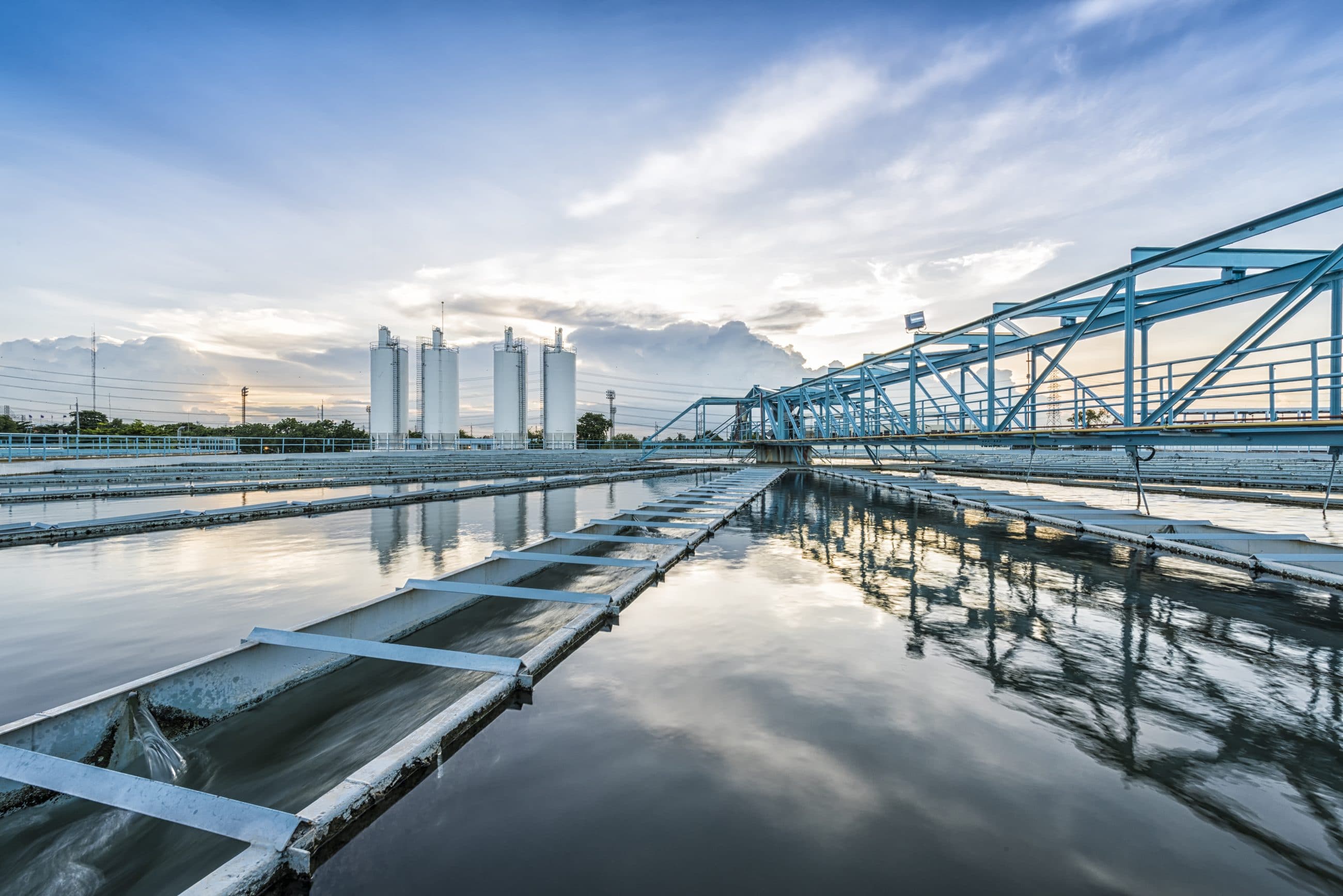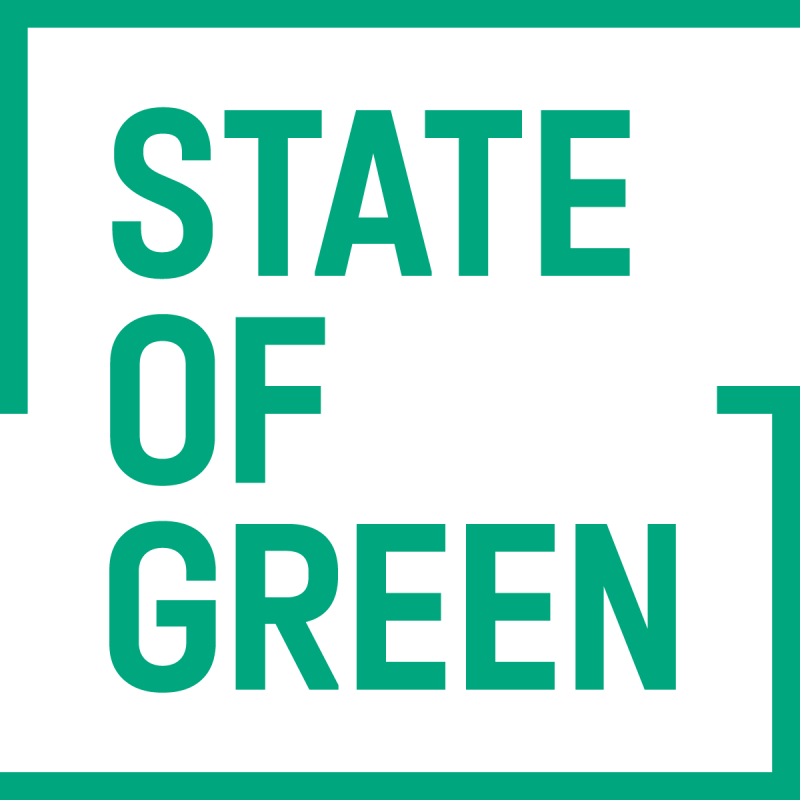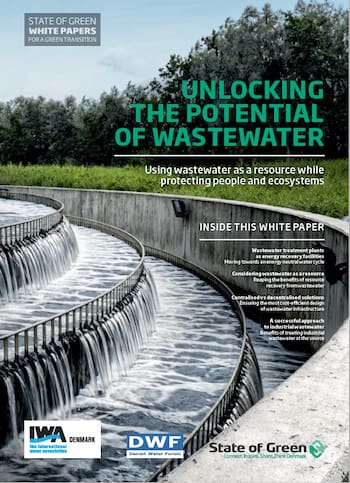Download our publication on unlocking the potential of wastewater
This article is part of our publication ‘Unlocking the potential of wastewater’.
Download nowPerspective
Wastewater treatment
Wastewater management


Municipal wastewater treatment plants are mainly designed to remove easily degradable organic substances and nutrients which are the major constituents of domestic wastewater. However, in many countries the sewer network and treatment plants often also receive wastewater from industrial production.
Wastewater from food processing companies is generally well suited for centralised treatment since it is often rich in easily degradable organic compounds, which provide nutrients for the growth of microorganisms and thereby enhance the biological processes. In fact, some treatment plants actively encourage discharge of waste from food processing industries because it is a carbon source and enables them to increase the biogas production and thereby generate more energy, as well as improve the biological removal of nitrogen and phosphorous.
Wastewater from manufacturing industry, on the other hand, has a much more complex composition and often includes substances that do not respond to biological treatment or which may hamper the growth of microorganisms and therefore interferes with the biological treatment processes or makes the sludge unsuitable for use in agricultural fertilisers. Inaddition, some toxic compounds may jeopardise the occupational health and safety of the utility’s staff while corrosive compounds may damage the sewers and pumping equipment.
In these cases, it may be advantageous or even mandatory to pre-treat the industrial wastewater at the source before discharging it to the municipal sewerage system or to have full treatment before discharging it directly to the water recipient.
Treatment of industrial wastewater at the source has several advantages. First and foremost, treatment can be tailored to the specific industrial pollutants which typically occur in high concentrations in relatively small volumes of wastewater and therefore requires relatively low investment and
operational costs. More importantly, it may be possible to recycle or reuse wastewater internally in the production after partial treatment or to recover and reuse raw materials or chemicals.
Prime examples are the recycling of dyes used in textile production or metals used in metal plating, where up to 90% of the used water, dyes and metals may be recovered, thereby reducing the discharge of wastewater accordingly. In many countries where wastewater discharge fees are graduated according to pollution load, investment in decentralised wastewater treatment may have a very short payback time.

This article is part of our publication ‘Unlocking the potential of wastewater’.
Download nowIndustrial pollutants, which require specialised treatment processes, include non-degradable or slowly degradable organic compounds, fat, grease, oil, heavy metals and toxic organic compounds such as pesticides and pharmaceuticals. A number of specialised processes for removal of industrial pollutants can be applied at the source, including neutralisation, heavy metal precipitation, membrane filtration, forward/reverse osmosis, activated carbon filtration, chemical oxidation, ultra-violet disinfection, evaporation, crystallisation and more.
In recent years, special attention has been paid to the discharge of hospital wastewater to the public sewerage network. This type of wastewater contains a complex mixture of pharmaceutical residues and other substances that are hazardous to both human health and the environment. Nevertheless, hospital discharge to the public sewer network is seldom regulated.
In a number of European countries, including Denmark, there is an increasing focus on Contaminants of Emerging Concerns – incl. pharmaceuticals and microplastics – and on how new treatment technologies can be applied to protect the aquatic environment against them.
Removal of the critical pollutants from hospital wastewater will usually require extensive and advanced treatment methods resulting in high-quality effluent. If the treatment is carried out atthe source, the treated wastewater can be reused for other purposes at the hospital, which again can reduce the hydraulic load on the sewerage network and treatment plants.